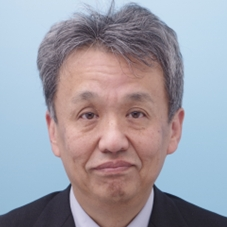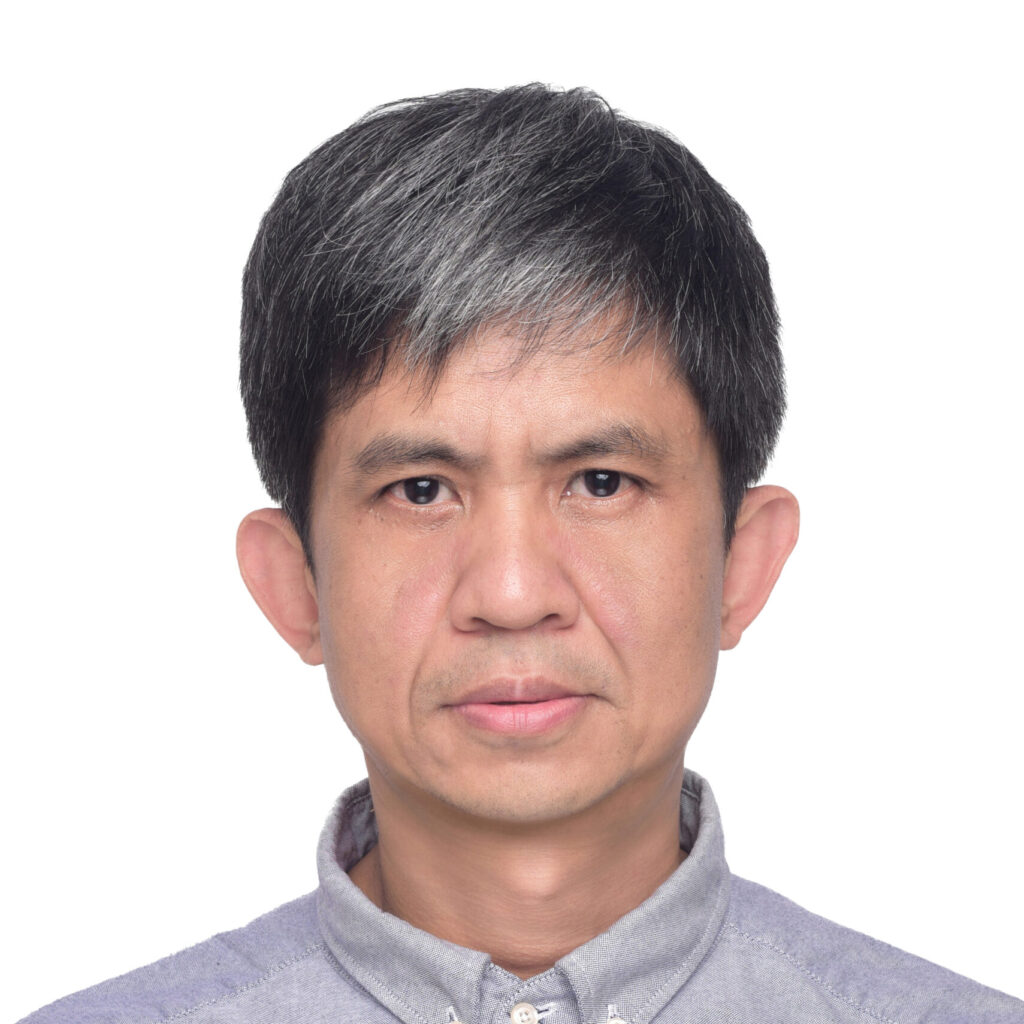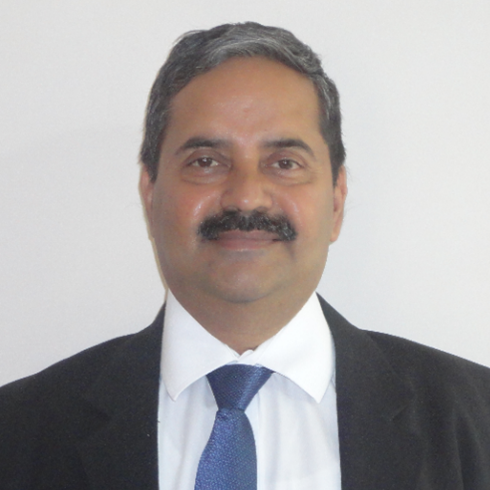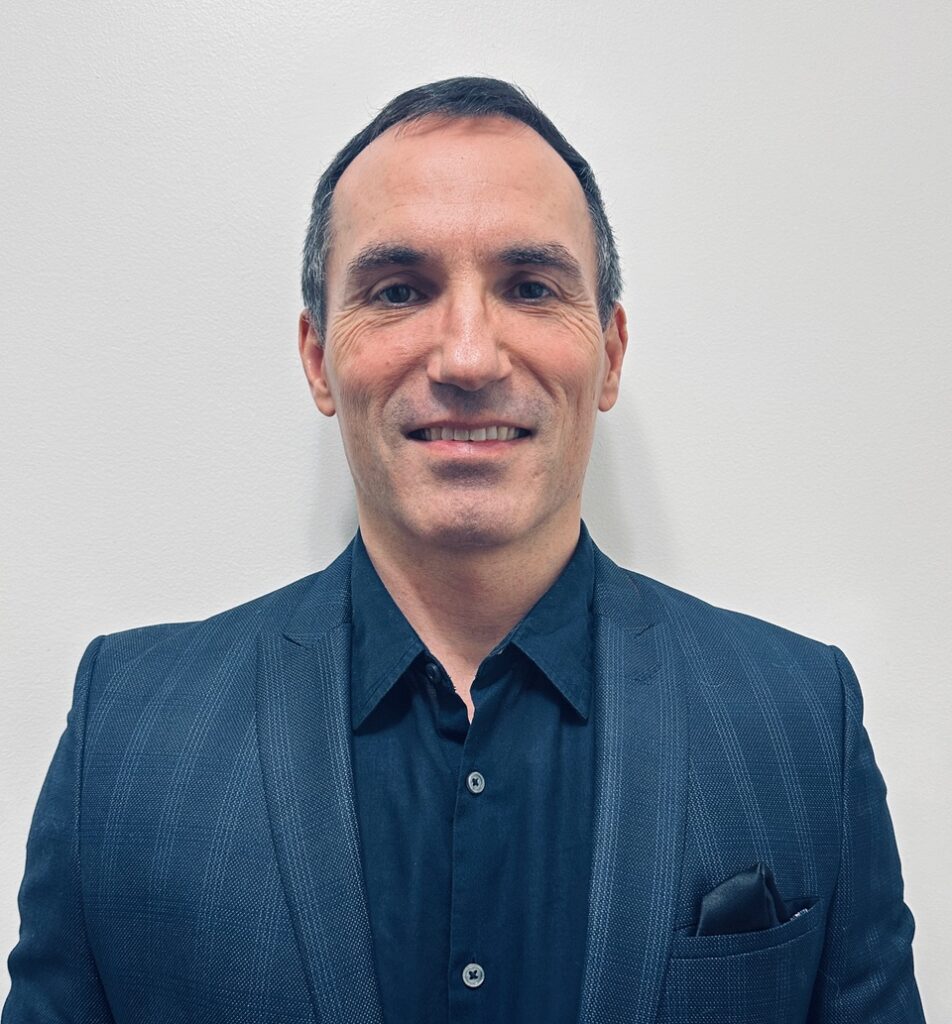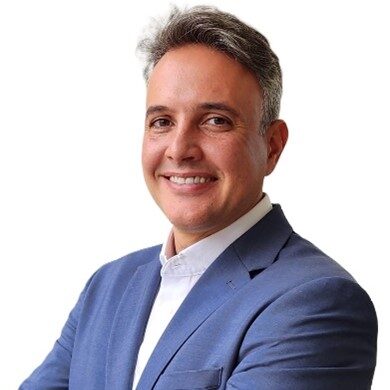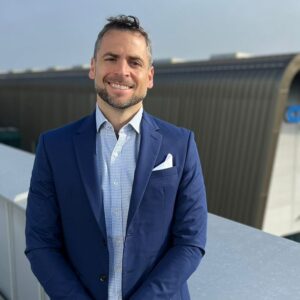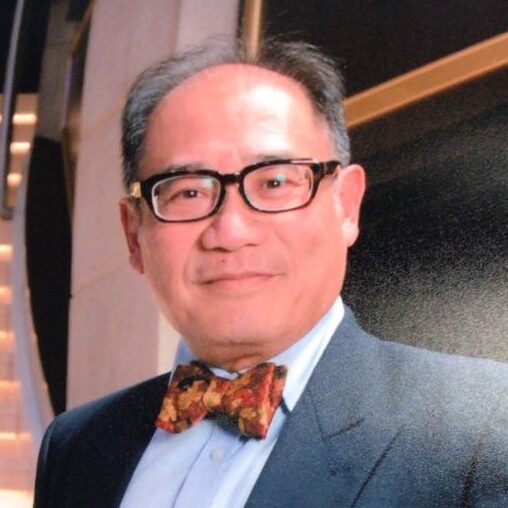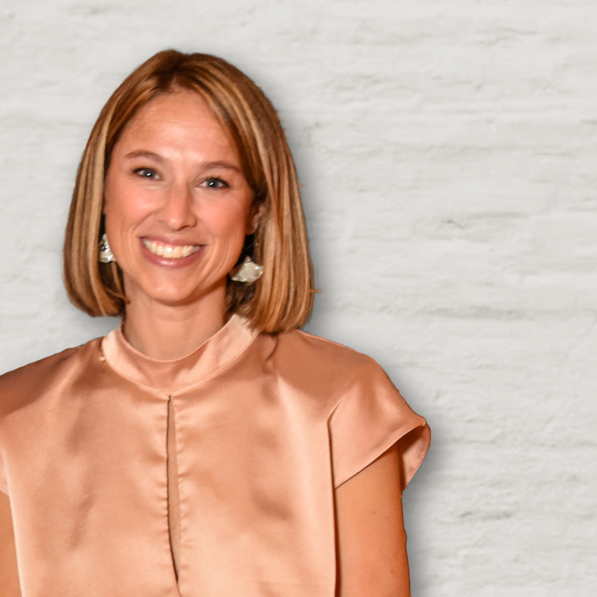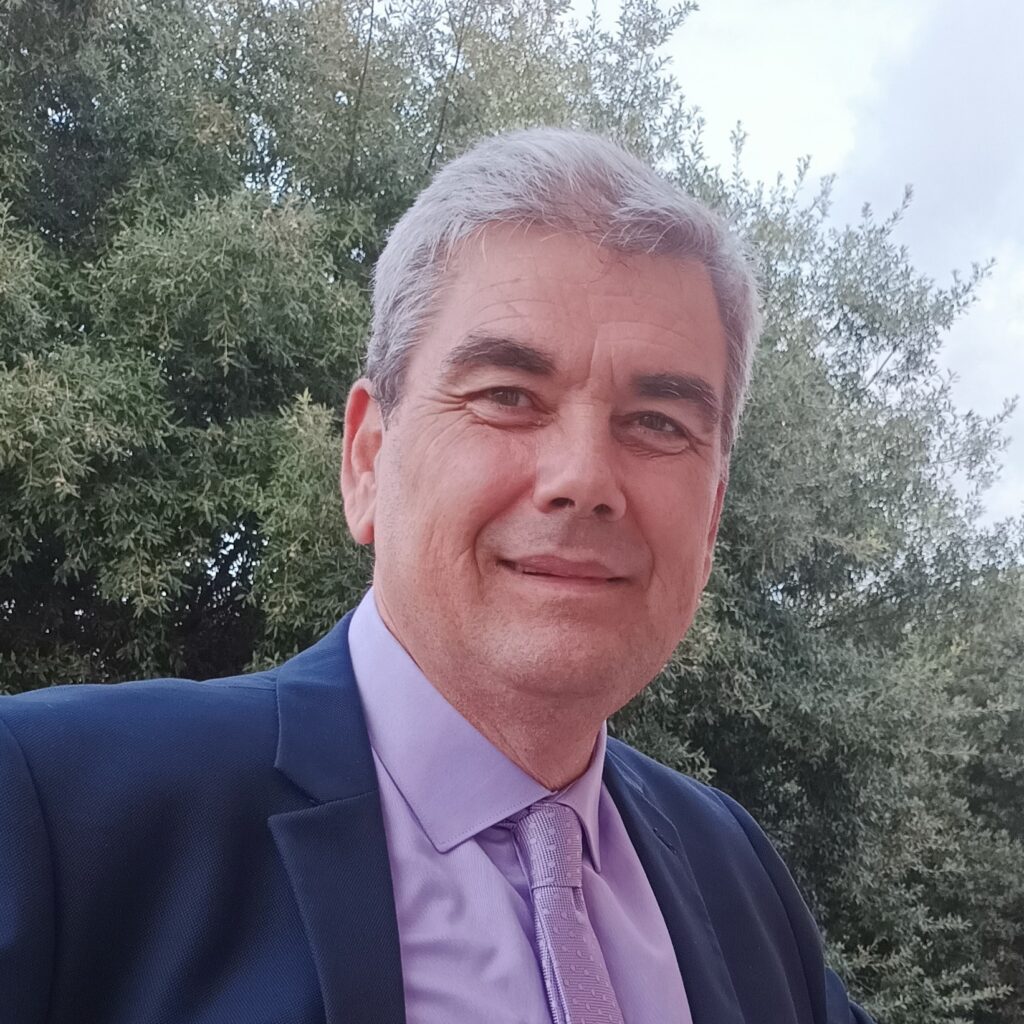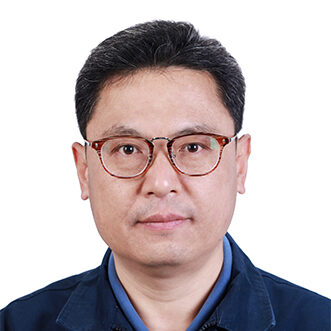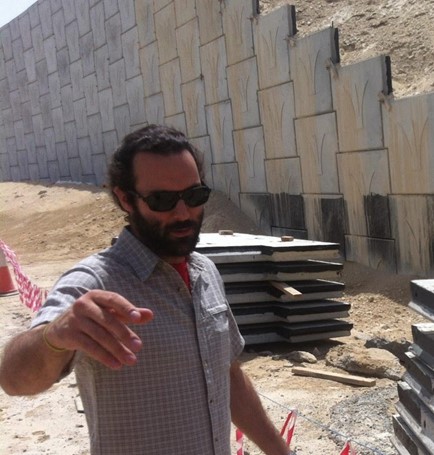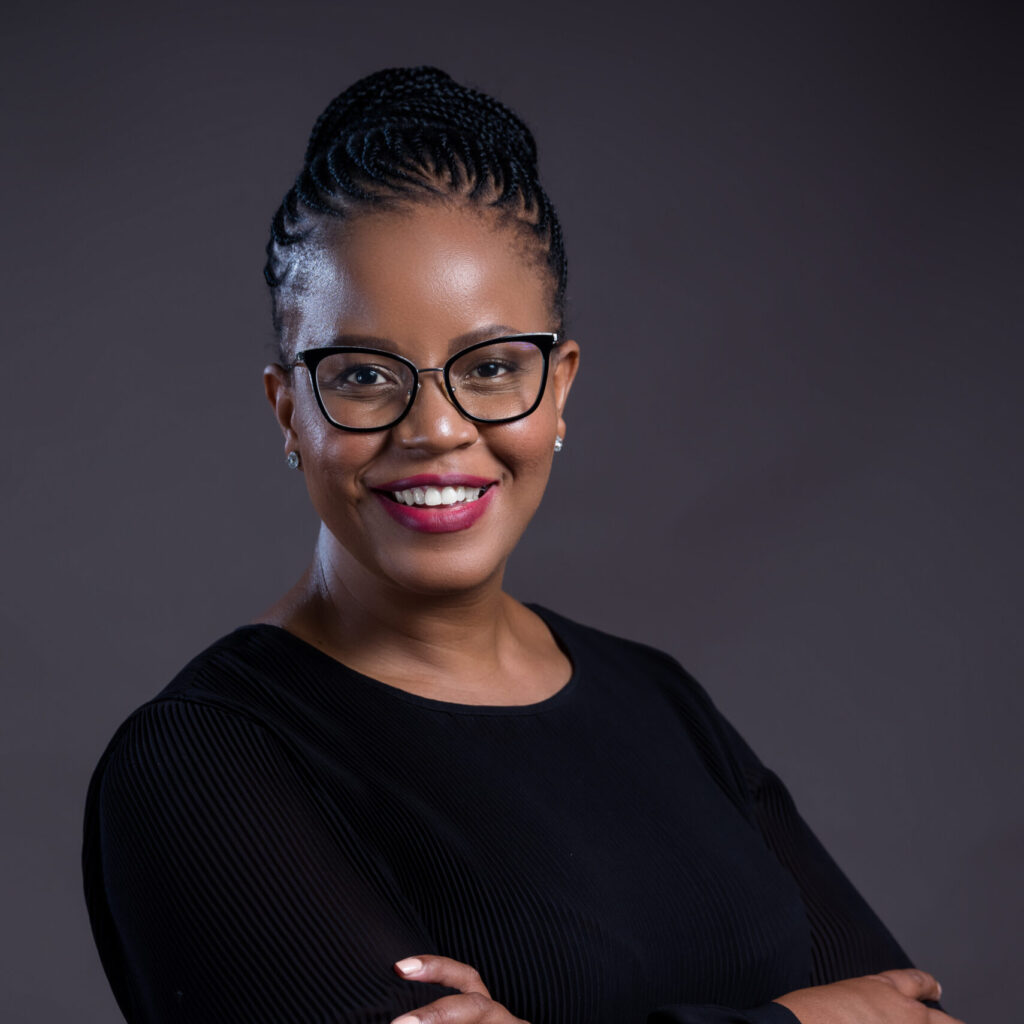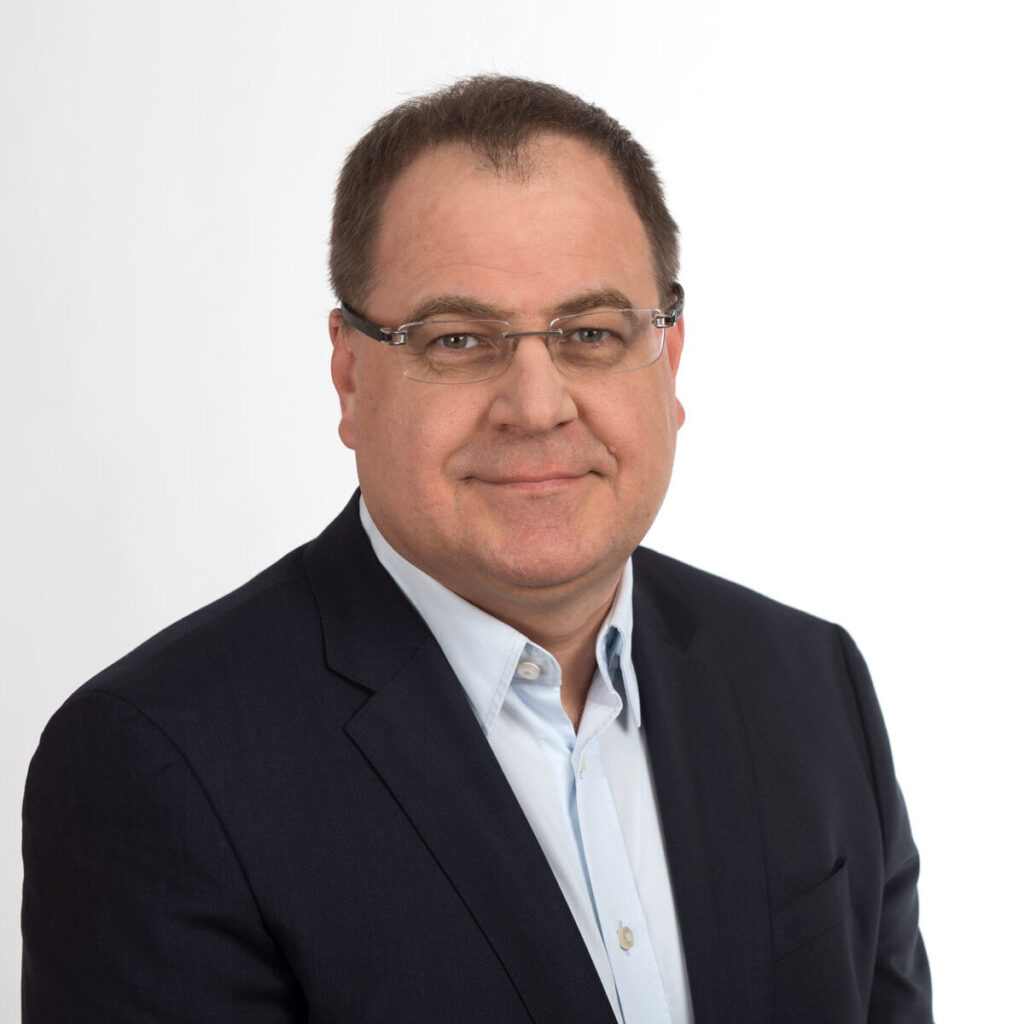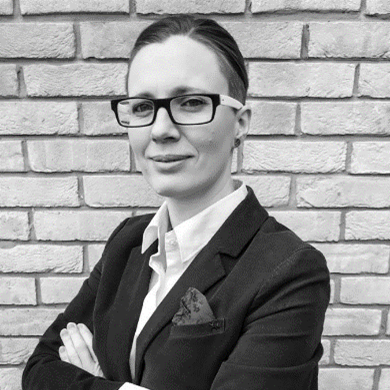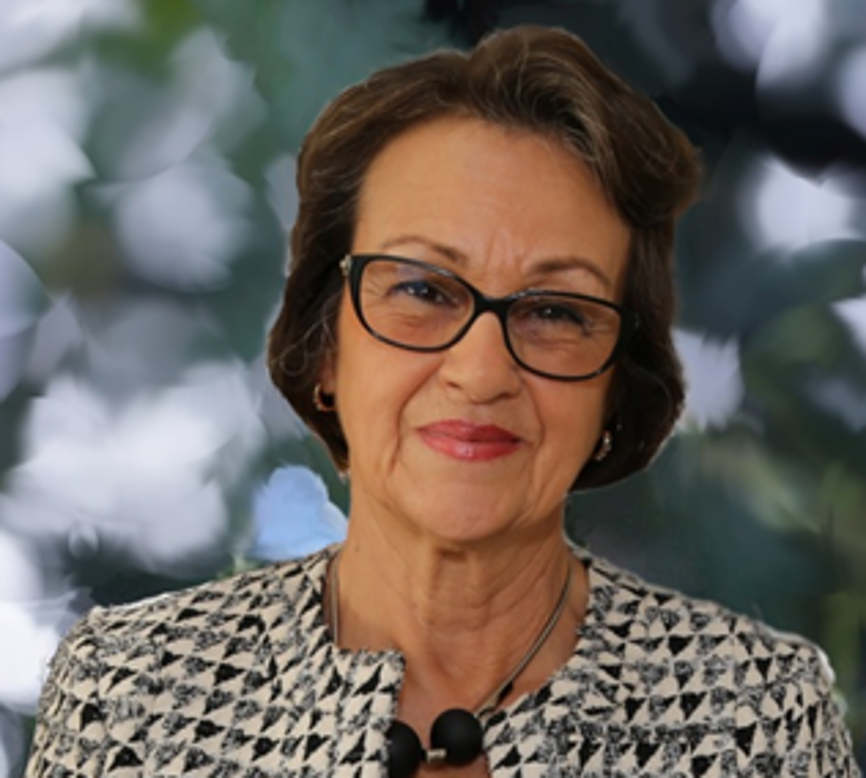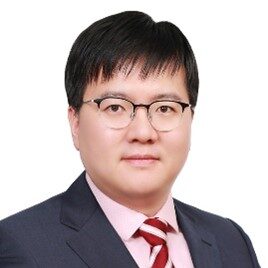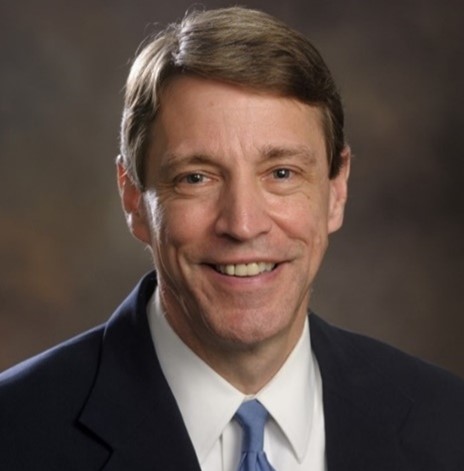Recently elected as a Council member in the IGS elections Eric Blond has been involved with the Society for more than two decades. 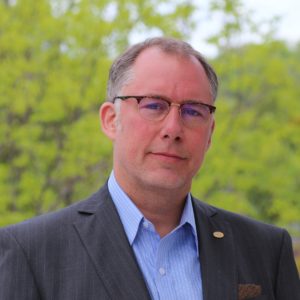 Here, the chairman of the IGS Technical Committee on Hydraulics (TC-H) and Secretary of IGS North America, shares his journey, reveals upcoming TC-H events and explains why now is an important time to get more involved with your industry.
Here, the chairman of the IGS Technical Committee on Hydraulics (TC-H) and Secretary of IGS North America, shares his journey, reveals upcoming TC-H events and explains why now is an important time to get more involved with your industry.
Please tell us a bit about your time in the IGS.
I joined the IGS in 2000 as it was the best way for me to be part of a global network of professionals interested in geosynthetics. I was already involved in other industry associations such as the Canadian Geotechnical Society, and standardization committees such as ASTM D35 and ISO TC221. In 2010, somebody suggested I apply to be a member of the IGS Council. I was elected twice, in 2010 and 2014. I liked the experience so much that I decided to run again this year, and was elected again.
The IGS Technical Committees were also created in 2010, under the leadership of Jorge Zornberg, and I was secretary of what was, at the time, the Technical Committee on Filtration, which later became the TC-H.
I was also Chairman of the Corporate Committee between 2012 and 2014.
I have interacted a lot with the International Commission on Irrigation and Drainage (ICID) on behalf of the IGS, since the early 2010s. I signed the Memorandum of Understanding between ICID and IGS on behalf of Prof. Zornberg, while at the ICID Conference in Tehran in 2012, and coordinated and/or contributed to IGS-sponsored workshops at the 2017, 2018 and 2019 ICID conferences. IGS President Chungsik Yoo eventually appointed me as IGS Liaison to ICID.
More recently I accepted the position of secretary of IGS North America.
For the second half of 2021, I worked hard with some of the Canadian industry, with the Canadian Geotechnical Society, and eventually IGS North America to put forward a proposition to host the 13th ICG Conference in Montreal in 2026, which I’m pleased to say was successful.
You are chairman of the TC-H. Please share a bit about the committee, its key aims and purpose and what you’re proud of.
I consider the technical committees (TC) to be a cornerstone of the IGS. The TCs are the place where we produce documents, activities and lectures which give some ‘texture’ to the society, in a coordinated, consensual way. Consensus is not always easy to achieve but this is what makes the challenge interesting. The production of the TCs, for example, lectures, seminars/webinars, publications, is what will eventually allow us as an industry to reach a broader audience, so we must speak the language of our customer base.
I also consider the TC-H one of the most important technical committees of the IGS, because firstly it covers geosynthetics applications which are in relation to water management – water being a growing concern in many parts of the world, and secondly it is one of the functions where geosynthetics offer the biggest reduction of carbon footprint among all geosynthetics because of the size of the market and impact on the reduction of natural materials consumption.
Products and applications covered by the TC-H address water scarcity and carbon footprint, which are the two most important concerns mankind is facing in the 21st century.
When I took the position of chairman of the TC-H in 2020, I considered all the potential applications of geosynthetics which are covered by the TC-H to structure the committee accordingly. I decided to share the leadership position with other specialists:
- David Shercliff, ABG, UK: to focus on civil and transportation infrastructures.
- Véronique Heili, CEREMA, France: for applications in surface erosion control and shore protection.
- Kelvin Legge, South Africa: specializing in hydraulic structures such as canals and dams.
- Piergiorgio Recalcati, Tenax, Italy: environmental applications such as landfills and mining.
- Sam Allen, TRI, USA: filtration and industrial applications.
Despite difficulties associated with the pandemic, we were still able to organize a few activities of high interest: on climate change at the Geosynthetics ‘21 conference in the USA, on environmental applications at the Sardinia Conference in Italy, on canal lining through a very successful webinar in Egypt, and we are now working on similar activities in Asia and Australia. Stay tuned!
You recently led a very successful TC-H virtual canals webinar. Why are events like this important to you? And are there any more planned?
This webinar was a success because of the contribution of fantastic speakers, but also because of the collaboration with a sister society – the ICID – and the support from the Egyptian authorities. I like to say that the canal restoration project in Egypt is of a Pharaonic dimension with more than 10,000km of canals being refurbished. Successfully influencing the practice in Egypt is a small contribution to the reduction of water scarcity in a populated country. It is helping people live better, with lower construction costs. It goes way beyond professional practice.
The TC-H is indeed working on the preparation of other activities, on canal lining as well as on other topics. Some will be in-person and some will be virtual. These include:
- A full day on geosynthetics used in canal lining and erosion control at the next ICID conference in Adelaide, Australia, in October, this year.
- Special sessions at GeoAsia in October 2022, and GeoAfrica in February 2023.
How has the IGS evolved since you joined?
It has evolved quite a lot!
First, with the creation of dedicated committees in 2010 – an excellent initiative, which ensures that continuous work can be done and coordinated globally.
Second, the growth of Chapters. The IGS used to be mostly in developed countries of Europe, Asia and the Americas. There are now chapters in many more countries, and in particular in countries where our technologies will have the biggest impact on the society, far beyond economics. Our influence depends on where we are and what we have to offer. The IGS clearly has a plan for being present everywhere and for producing educational documents and activities.
What do you do outside the IGS/who do you work for? Do you have a geosynthetics specialism or area of interest?
I am an independent consultant, offering technical services on geosynthetics and similar polymeric construction materials used in the building industry (roofing, dampproofing, air and vapor barriers). I am a geotechnical engineer, passionate about geotextile filtration, drainage, and lining / waterproofing. I have managed a research laboratory specializing in geosynthetics and polymeric construction materials until 2018, where I was also introduced to the durability of polymers. I work with regulators to develop evaluation frameworks for innovative products, with manufacturers to develop products and design guidance, with engineers for atypical applications of geosynthetics, and I also do forensic investigations.
How has the industry changed and how do you see it developing?
The geosynthetic industry is growing at a very good pace, but it remains relatively small overall, compared to competing technologies. I think we have room for much more growth. Until geosynthetics are taught in universities as much as concrete and steel, we cannot estimate the size of our footprint when the industry will be fully mature. The IGS is contributing to developing educational tools and to educating educators, but there is still a lot to do until we are seen as part of the portfolio of solutions an engineer is trained to use in their practice.
One major change that has taken place in the last few years is the merger of geosynthetic manufacturers who were already leaders in their respective markets. We now have one ‘super geosynthetic manufacturer’ Solmax with a footprint on all continents and a business volume several folds larger than the next company in size, to what I know. This will bring a whole new dimension on the way to do business in our industry, focusing more on the benefits of the technology, and less on smaller concerns, e.g. competition between manufacturers. At the end it should grow the industry overall and we will all benefit from it.
I wish I had a crystal ball telling me what the industry will be like in five years, but the appearance of manufacturer(s) with business volume(s) comparable to the ones of the technologies we are trying to replace is certainly a game changer.
What do you think are the challenges and opportunities for the industry over the next few years?
In the short term, the uncertainty on the cost of raw materials is probably the biggest challenge, as it brings financial uncertainty for manufacturers. Global warming and water scarcity, along with population growth are the world’s biggest challenge in the decades to come.
The world has no choice but to be more efficient in selecting the most effective technologies to deliver services which are necessary to maintain access to potable water, quality and quantity of food, resilient and sustainable infrastructures, to name a few of the Sustainable Development Goals defined by the United Nations. Geosynthetics do have a role to play.
What do you enjoy the most about being involved in the IGS?
I enjoy communicating with peers. My work and the IGS gives me the opportunity to develop true friendships all around the world. These are based on a common vision of how we can change the world, at our level. One conference, one webinar or one publication at a time, supporting a vision that goes beyond engineering.
What are you most looking forward to in the IGS calendar?
Any activity where I will be able to shake hands with my friends!
Do you have any messages for members?
Geosynthetics were first seen as a crazy innovation – imagine that somebody sold a geotextile as a replacement for 300mm of sand, or, even more crazy, a 2mm thick plastic film to replace one meter of clay. This must have been a fantastic sales pitch. But soon geosynthetics developed to eventually enter regulations in some countries. Some of them even became standard solutions quite fast, such as geomembranes – nobody would nowadays consider lining a landfill without using multiple layers of geosynthetics.
During all that time, the growth of the geosynthetic industry was globally between five and 10% per year, or even more – and it was much more than the growth of the construction industry – a sign that we are gaining market share, year after year.
This is where we are now. The future will still require cost-effective solutions, but it will also consider sustainability, climate change, water scarcity and management of extreme weather events. These are global problems for which geosynthetic solutions are almost always better than alternate solutions. I think the future will see annual growth at least equal or exceeding the ones we have seen in the past.
So I can only say to members: contribute to the development of your industry, and be prepared to benefit from it because it will only grow.






